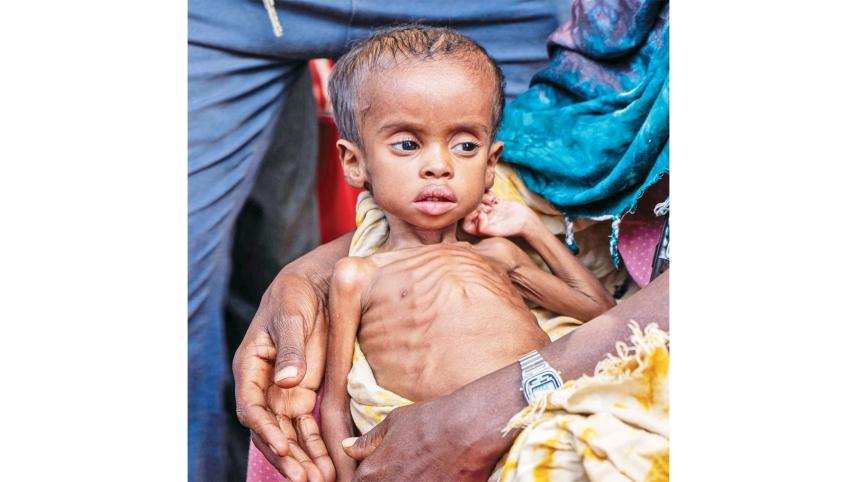The world is moving backwards in efforts to eliminate hunger and malnutrition!

The State of Food Security and Nutrition in the World (SOFI) report, 2022 edition, provides updates on the global food security and nutrition situation, including the most recent estimates of the cost and affordability of a healthy diet. The paper also considers how governments may repurpose their present agricultural support to lower the cost of healthy meals, keeping in mind the limited public resources available in many regions of the world.
According to a United Nations report, the number of people impacted by hunger worldwide increased to 828 million in 2021, an increase of around 46 million since 2020 and 150 million since the onset of the COVID-19 pandemic.
The figures portray a bleak picture:
• In 2021, 828 million people were impacted by hunger, 46 million more than the previous year and 150 million more than in 2019.
• After remaining largely stable since 2015, the number of people afflicted by hunger increased in 2020 and is expected to climb further in 2021, reaching 9.8% of the global population. This compares to 8% in 2019 and 9.3% in 2020.
• In 2021, the gender gap in food insecurity widened further: 31.9% of women worldwide were moderately or severely food insecure, compared to 27.6% of males, a difference of more than 4 percentage points from 2020.
• In 2020, over 3.1 billion people could not afford a nutritious diet, up 112 million from 2019. This is due to the rise in consumer food costs caused by the COVID-19 pandemic and its containment measures.
• Approximately 45 million children under 5 suffer from wasting, the worst type of malnutrition, which raises the death risk by 12 times. Additionally, 149 million children under five had stunted growth due to a chronic shortage of critical nutrients, while 39 million were overweight.
• In 2020, roughly 44% of infants under 6 months will be exclusively breastfed. The goal is 50% by 2030. Two in three youngsters do not get the minimal diversified diet they need to grow and develop.
• Even with a worldwide economic recovery, almost 670 million people (8% of the world's population) will remain hungry in 2030. This is comparable to 2015 when the 2030 Agenda for Sustainable Development aimed to abolish hunger, food insecurity, and malnutrition by the end of the decade.
As this report is being published, the ongoing conflict in Ukraine, involving two of the world's largest producers of staple cereals, oilseeds, and fertiliser, is disrupting international supply chains and driving up prices for grain, fertiliser, energy, and ready-to-use therapeutic food for severely malnourished children. This occurs at a time when supply chains are already being harmed by increasingly frequent extreme weather events, particularly in low-income nations, and has potentially grave consequences for global food security and nutrition.
This report frequently underscores the escalation of these primary causes of food insecurity and malnutrition: conflict, climatic extremes, and economic shocks, along with widening disparities. Therefore, we must take bolder action to build resilience against future shocks.



 For all latest news, follow The Daily Star's Google News channel.
For all latest news, follow The Daily Star's Google News channel.
Comments